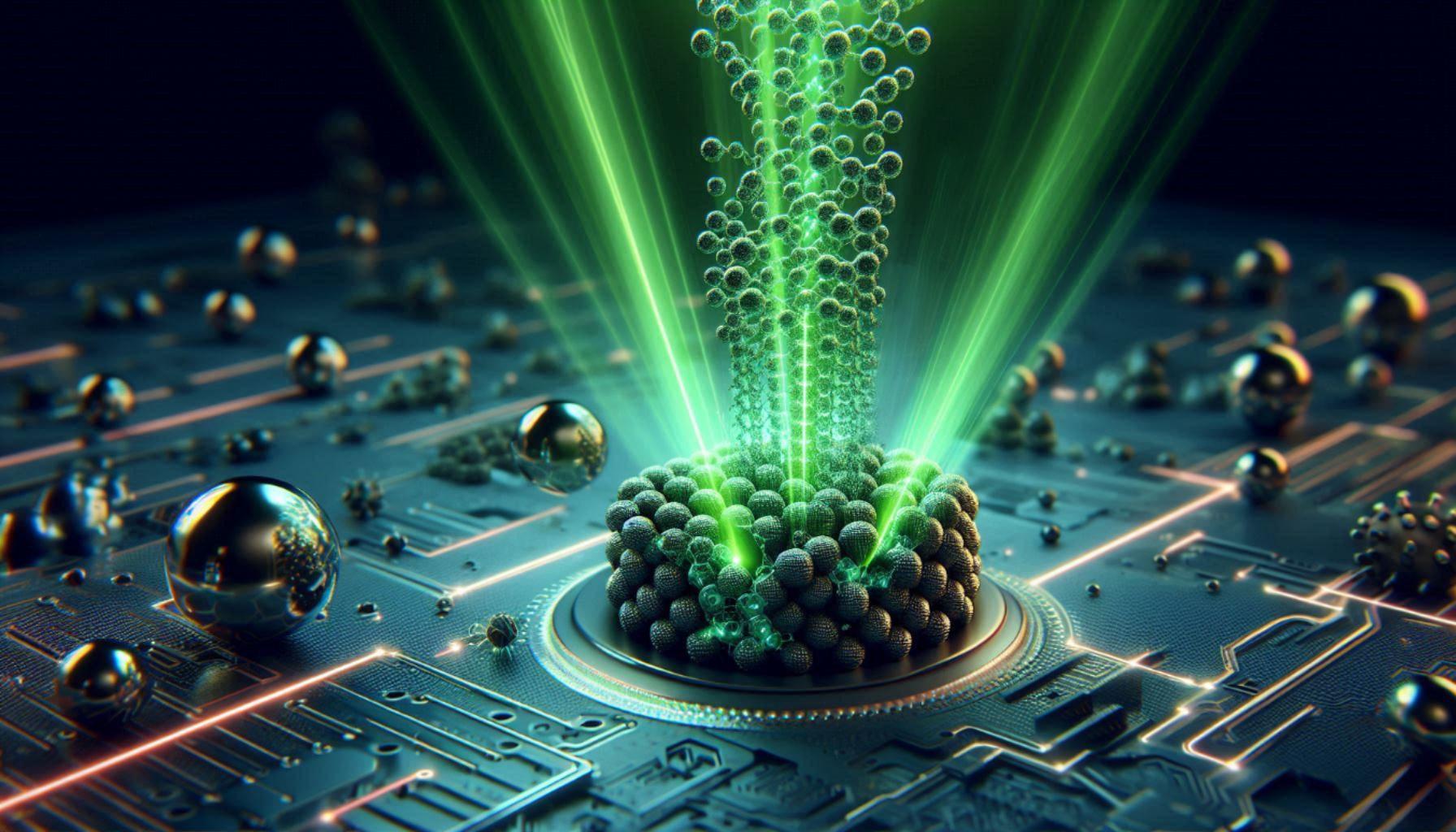In this post, I will present a paper that summarizes the research I conducted during my time as a research assistant at the Institute of Electrochemistry at Ulm University, Germany.
Introduction
The paper explores a theoretical multiscale approach to simulate the electron-assisted growth of secondary carbon nanotubes (CNTs). The study specifically investigates how nickel (Ni) clusters confined inside single-walled carbon nanotubes (SWNTs) can catalyze the nucleation and growth of new CNTs when exposed to electron irradiation.
Motivation
This research is motivated by the growing need for sustainable materials, particularly carbon nanostructures like fullerenes, carbon nanotubes, and graphene. These materials hold significant potential for various technological applications. However, their synthesis often requires harsh conditions, such as chemical vapor deposition (CVD) or arc discharge, making it difficult to control the process efficiently.
Simulation Approach
The study employs Molecular Dynamics (MD) and Monte Carlo (MC) simulations to model the interactions between nickel clusters and CNTs under electron irradiation. In this framework, we developed a novel multiscale algorithm that successfully captures both the fast dynamics of atomic collisions and the slower relaxation processes occurring during the growth of CNTs.
Results
The paper identifies three main stages of interaction during the electron-assisted growth process:
- Alloying: Carbon atoms dissolve into the nickel cluster.
- Supersaturation: Carbon dimers begin to form on the surface of the nickel cluster.
- Nucleation: Graphitic islands form, eventually leading to the growth of a new CNT inside the system.
Conclusion
This work highlights the potential of electron-assisted growth as a controlled method for the synthesis of carbon nanotubes. It provides new insights into the atomistic processes that drive the formation of carbon nanostructures, offering opportunities for further advancements in nanotechnology.
